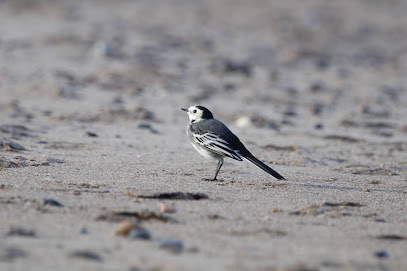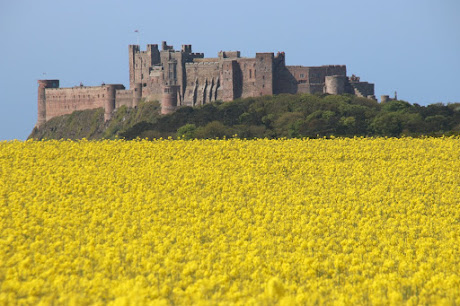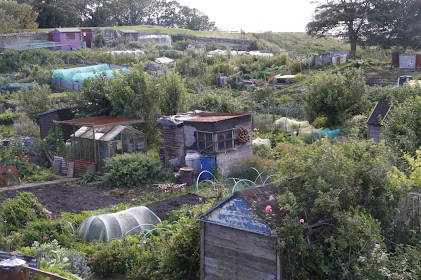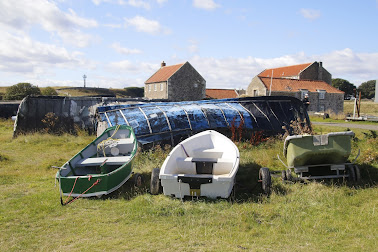The last time I visited Minsmere the country was still in fairly strict lockdown. As a result the hides and visitors centre were closed and it was difficult getting to actually see any birds. Since then restrictions caused by the virus has eased somewhat and today's visit found a reserve that was a bit more open. Access to hides and a cup of coffee were all welcome additions to a visit to the best nature reserve in the country.
Mid September is the height of Autumn migration, so attention today was turned to WADERS on the Scrape, and PASSERINES (small birds) in the bushes. All it takes is for a rare bird to be led astray by a gust of wind to really liven things up. However the winds today weren't perfect. In Autumn winds from the north and the east are best as they blow in birds from the continent. However, today's winds were blowing from the south-west so although it was pleasant weather to be out and about in, nice and mild, it wasn't so great for bringing in something unusual.
WADER migration has by mid-September peaked, and there wasn't too much activity on the Scrape. The water levels on the Scrape gradually drain over the summer to create lots of muddy margins for waders to feed on. East Scrape was half empty of water and enticed a flock of ten DUNLIN to feed, which held within them two LITTLE STINTS and a SANDERLING. 18 AVOCETS were spread evenly between here and South Scrape, after nesting on the Scrape in summer the birds gradually leave, spending their winter elsewhere. South Scrape was quiet but held two GREEN SANDPIPERS.
West Scrape was completely dried out and held no birds. On East Scrape the numbers of DUCKS had increased quite a lot, with large numbers of TEAL, SHOVELLER and GADWALL arriving to spend their winter months here. There were two GARGANEY asleep on East Scrape. This is a scarce bird, which is our only summer visiting duck and a very rare nesting bird. In spring and summer the males are attractive, but with ducks now in eclipse they resemble a large teal, except for more pronounced stripes on their facial features. In Autumn they tend to stay longer than in Spring, making them easier to catch up with, as they spend long lengths of time in one place.
Away from the waterfowl there were many smaller birds in the many peripheral habitats that surround the Scrape. There was a juv BEARDED TIT in the small stand of reeds in front of East Hide, whilst there was a family group in the reeds around West Hide. A KINGFISHER flew down the dyke in front of the Public Viewpoint which was a nice find as they are quite scarce at Minsmere. There were two DARTFORD WARBLERS in the gorse on the beach just behind the Viewpoint, in their usual position, this part of the beach must be the easiest spot in the country to see this beautiful warbler.
On the Levels, the large area of wet grassland which stretches from the Scrape down to Sizewell there was a sizable herd of twenty plus RED DEER grazing in amongst the cattle. In winter this area floods, attracting lots of ducks, but after the dryness of summer the area is just grassland, and not very attractive to birds.
Away from the Scrape, the reserve was fairly quiet. The Reedbed Hides were open, from Bittern Hide there wasn't much, even the MARSH HARRIERS were scarce. Island Mere held more, this hide looks over a large lake amongst the reeds, and there was a large flock of GADWALL present. There were two HOBBIES hawking around the reedbeds and mere, sometimes high up in the sky other times swooping down over the water, always the show offs and always entertaining. Also about were two GREAT WHITE EGRETS, this species looking set to colonise Suffolk, it wasn't long ago when I saw my first of these birds at Minsmere.









































